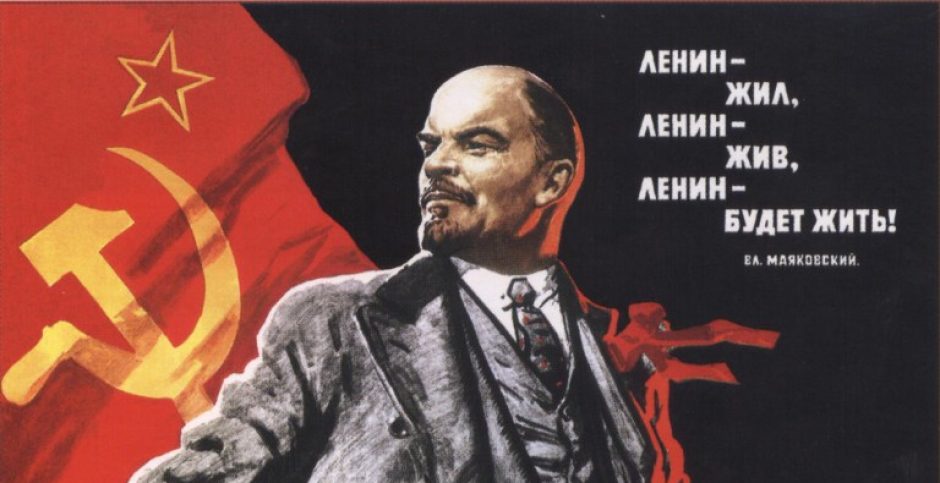Hi, all.
I wanted to follow up on our discussion on Wednesday regarding Alexander Pushkin’s representation of Pugachev’s Rebellion in “The Captain’s Daughter”. While we were all struck by Pushkin’s seemingly positive characterization of Pugachev, as well as his deleterious portrayal of the Russian military, something I feel we failed to discuss was the author’s depiction of Pugachev’s followers.
Several weeks ago, when we discussed the phenomenon of peasant revolts in Russian history, we noted that Pugachev’s Rebellion has been alternatively characterized as either a true peasant rebellion, or as a Cossack uprising. While the likes of Alexander Radishchev, in his “Journey from St. Petersburg to Moscow”, contended that Pugachev’s Rebellion constituted a grim portent of what was to come should the institution of serfdom persist, contemporary appraisals of the conflict seem to disagree. In “Catherine the Great: A Short History”, Isabel de Madariaga argues:
“one must conclude that it was not primarily a peasant war, but a Cossack revolt, initiated by a specific Host, the Yaik Cossacks, the furthest from the central government and the most primitive and backward-looking. Its aims were to secure the Cossacks’ traditional freedoms and to ‘turn everyone into a Cossack’. The Cossacks did not think of launching a widespread peasant rising, they thought in terms of their own aims and at first waged the war in their own territory, Orenburg, and that of their allies the Bashkirs” (de Madariaga, 65).
Pushkin’s narrative would appear to corroborate this conclusion. At the beginning of the sixth chapter of his text, he pauses to remark on the origins of the uprising, stating:
“[Orenburg] was inhabited by a multitude of half-savage peoples, who had only recently recognized the sovereignty of the Russian emperors. Their constant insurrections, unfamiliarity with law and civic life, light-mindedness and cruelty, demanded constant surveillance on the part of the government to keep them in obedience…. the Yaik Cossacks themselves, whose duty it was to safeguard the peace and security of the region, had for some time been troublesome and dangerous subjects for the government” (Pushkin, 286).
This interpretation of the nature of the rebellion is continually reasserted throughout Pushkin’s writing. Pugachev’s forces are described as made up of a combination of Cossacks and other ethnic groups (Pushkin identifies Bashkir individuals on several occasions), and even those individuals who do not belong to these groups – such as the novel’s antagonist, Shvabrin, a nobleman – are said to reinvent themselves accordingly; “I saw Shvabrin among the rebel chiefs, his hair in a bowl cut and wearing a Cossack kaftan” (299). Although Pushkin does acknowledge the participation of peasants in the revolt in the omitted chapter, the speed with which they repent for their actions (“‘We were wrong, master,’ they replied with one voice” [355] ) serves to diminish their role in the events. By contrast, the only serf to play a major role in the story, Pyotr’s companion, Savelyich, is shown to be utterly devoted to his master.
Obviously, Pushkin’s narrative is a work of fiction (albeit, one based on real events and individuals), meaning that it cannot be taken as a reliable account of Pugachev’s Rebellion. Indeed, though Pushkin briefly mentions the barbarous nature of the conflict, his depiction of Pugachev as something akin to a larger-than-life folk hero, makes it difficult to regard the text as anything other than an inventive fantasy. However, while Pushkin’s portrayal of events may not be historically accurate, his text may yet be indicative of popular perceptions of Pugachev and his uprising after the fact. For our purposes, “The Captain’s Daughter” serves to further complicate our understanding and conceptions of the phenomenon of peasant rebellions.
